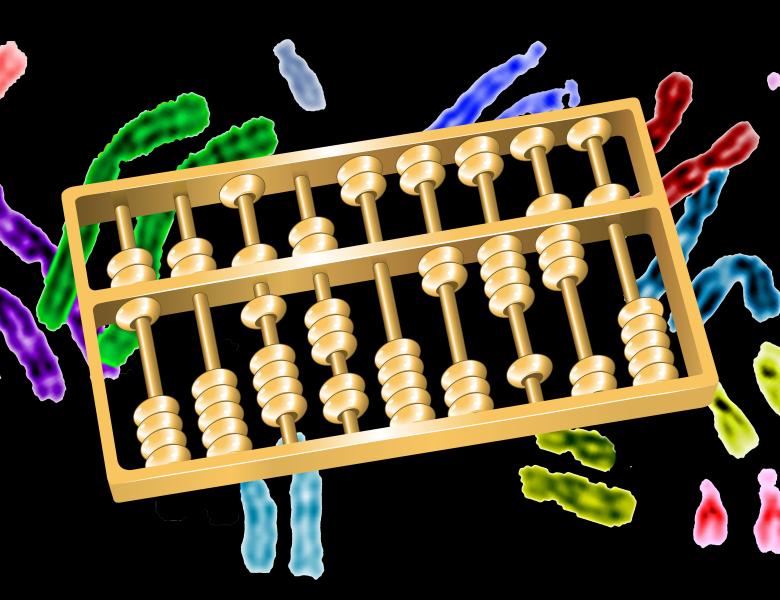
Abstract
Although deoxyribonuclease I (DNase) was used to probe the structure of the nucleosome in the 1960s and 70s, in the current high-throughput sequencing era, DNase has mainly been used to study genomic regions where nucleosomes are absent. Here, we show that DNase can be used to precisely map the (translational) positions of in vivo nucleosomes genome-wide. Specifically, exploiting a distinctive DNase cleavage profile within nucleosome-associated DNA, we develop a Bayes-factor–based method that can be used to map nucleosome positions along the genome. Compared to methods that require genetically-modified histones, our DNase-based approach is easily applied in any organism, which we demonstrate by producing maps in yeast and human. Compared to MNase-based methods that map nucleosomes based on cuts in linker regions, we utilize DNase cuts both outside and within nucleosomal DNA; the oscillatory nature of the DNase I cleavage profile within nucleosomal DNA enables us to identify translational positioning details not apparent in MNase digestion of linker DNA. Because the oscillatory pattern corresponds to nucleosome rotational positioning, it also reveals the rotational context of transcription factor (TF) binding sites. We show that potential binding sites within nucleosome-associated DNA are often centered preferentially on an exposed major or minor groove. This preferential localization may modulate TF interaction with nucleosome-associated DNA as TFs search for binding sites.


